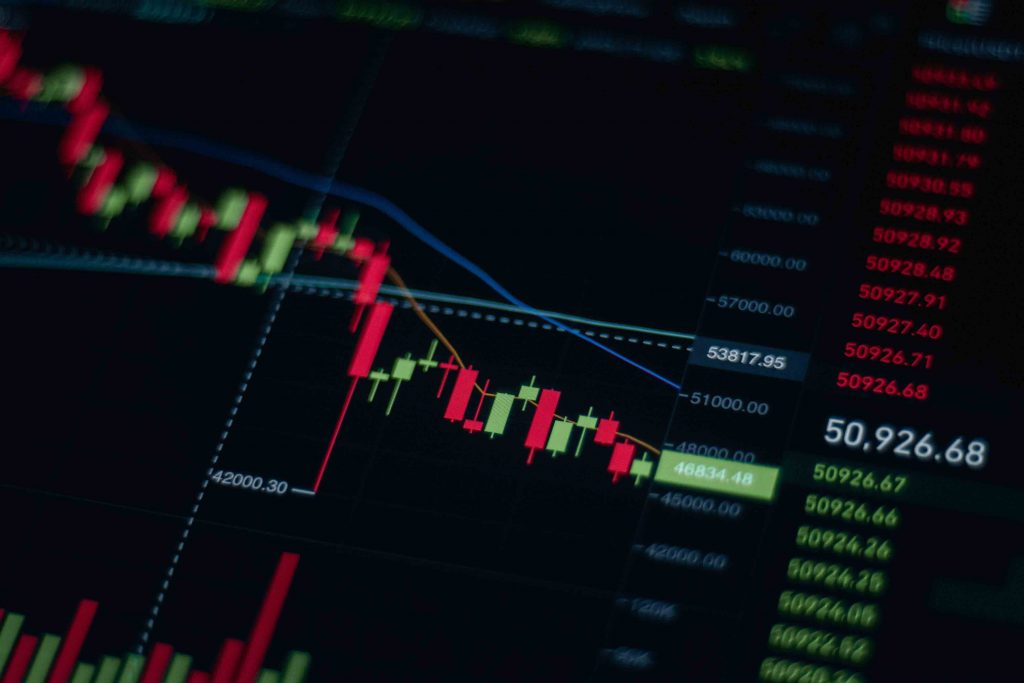
A bear market is a financial market condition characterized by a prolonged period of declining asset prices, pessimism among investors, and a general negative sentiment toward the market. In a bear market, there is a widespread expectation of further declines in the value of securities across various asset classes, such as stocks, bonds, commodities, and real estate.
Key characteristics of a bear market include:
1. Declining Prices: The primary characteristic of a bear market is a sustained decline in asset prices. This downward trend is often marked by lower highs and lower lows, indicating a negative trajectory.
2. Negative Investor Sentiment: Investors in a bear market tend to be pessimistic about the economic outlook and the future performance of financial markets. Concerns about economic contraction, corporate earnings, and other negative factors contribute to this sentiment.
3. Increased Selling Pressure: Selling activity typically intensifies during a bear market as investors seek to reduce exposure to declining asset prices. This increased selling pressure contributes to further price declines.
4. Low Confidence and Risk Aversion: Investors in a bear market are generally risk averse. There is a lack of confidence in the market’s ability to generate positive returns, leading to a preference for safer assets or cash.
5. Economic Contraction: Bear markets are often associated with periods of economic contraction or recession. Economic indicators such as declining GDP, rising unemployment, and reduced consumer spending contribute to the negative outlook.
6. Flight to Safety: Investors may shift their assets to safer investments, such as government bonds or defensive stocks, during a bear market. The goal is to preserve capital in the face of uncertain and challenging market conditions.
7. Market Leadership Changes: Different sectors or asset classes may take turns leading the market lower during different phases of a bear market. Defensive sectors, like utilities and consumer staples, might outperform more cyclical sectors.
8. Duration: Bear markets can vary in duration, lasting from several months to several years. The length of a bear market is influenced by economic factors, market conditions, and external events.
Bear markets can be triggered by a variety of factors, including economic recessions, geopolitical events, financial crises, and shifts in market sentiment. Investors use the term “bear market” to describe specific asset classes, such as a bear market in stocks or bonds.
It’s important to note that market conditions can change, and bear markets are typically followed by periods of recovery and eventually by new bull markets. Investors need to carefully assess their risk tolerance, investment goals, and time horizon, especially during periods of market uncertainty and volatility.
